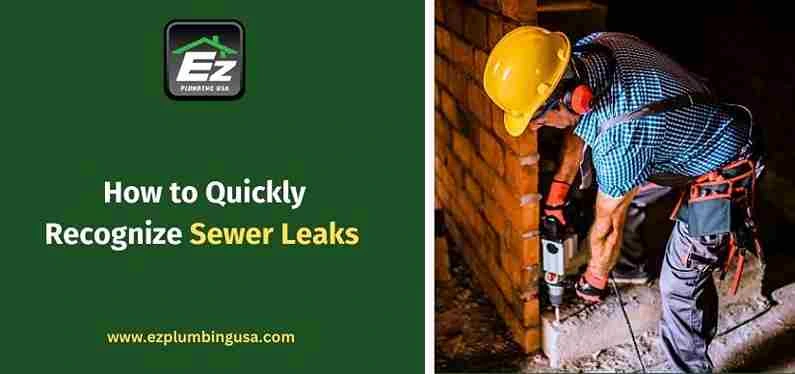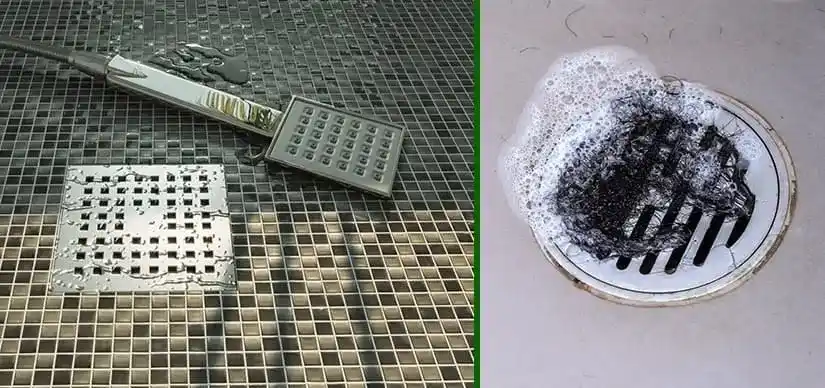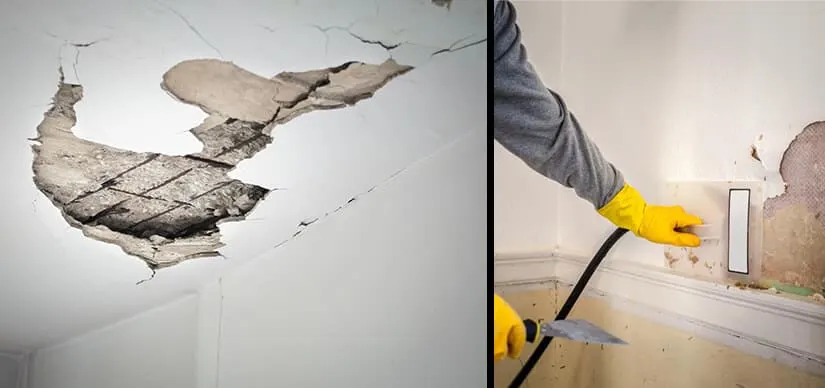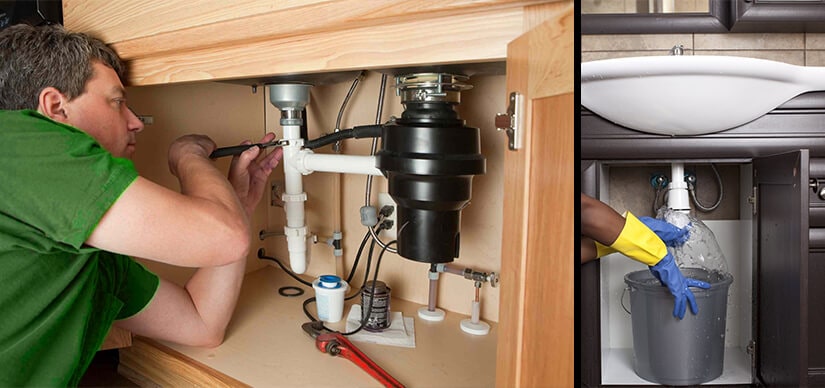How to Quickly Recognize Sewer Leaks
Views : 756

Why Do Sewer Leaks occur?
- Old or Aging Pipes – Old homes may harbor corroded or deteriorating sewer lines.
- Intrusion by Tree Roots – Roots can penetrate pipes causing cracks and blockage.
- Shifting Soil – Movement of soil can impose stress on and fracture the sewer lines.
- Clogging and Built Up – Grease, debris, and other non-flushable items can cause pressure build-ups causing leaks.
- Poor Installation – Bad connecting joints or poorly placed pipes can contribute to premature failures.
Indicators Of Sewer Leaks
- Bad Smell Around Your House
If a strong sewage smell is released from inside or outside the house, it is a sure sign there is something wrong with the sewer. Once you notice such, call for slab leak detection services in San Diego. - Slow Draining Fixtures
When multiple sinks, showers, or toilets seem to be draining slowly, this could mean a sewer line break or backup. - Unusual Wet Spots in Your Yard
Zones with lushly green grass or saturated soil could signify underground leaks of a sewer line. - Gurgling Noises in the Pipes
If you hear a bubbling or gurgling sound when water fixtures are in use, it may be due to trapped air from some sewer problem. - Surge of Your Water Bill
A sudden spike in your water bill with no clue about a leak? Maybe there is a hidden sewer leak.
How to Confirm a Sewer Leak.
1. Dye testing
- Put a few drops of food dye in a toilet tank.
- Do not flush for 10 to 15 minutes.
- If you find colored water in areas where it should not be (garden, drains, etc.), then you could be facing a sewer leak.
2. Inspect the cleanout pipe
3. Arrange for a professional inspection.
How to Stop More Sewer Damage at Home
- Avoid Using Water Fixtures: To stop more damage, stop using sinks, showers, and toilets.
- Check Your Property for Any Evident Leaks: Look for leaks or flooding on your property.
- Try a Short-Term Solution: Pour a mixture of hot water, vinegar, and baking soda down the drain to clear tiny blockages.
- If the issue persists, San Diego slab leak repair needs to be handled by an expert.
When to Call an Emergency Plumbing Service
- Sewage backflow is into your house
- There is standing water or flooding
- A foul odor of sewage surrounds the property
- Multiple drains are getting clogged
Slab Leak Repair in San Diego: An Overview
- Electronic Leak Detection- Detection of leaks without any invasive digging.
- Pipe Rerouting- This involves rerouting water around damaged pipes.
- Trenchless Pipe Repairs- To fix the leaks with minimal disturbance.
- Foundation Repairs- Foundation repairs would be warranted if a slab leak resulted in an amount of structural damage.
How to Stop Sewer Leaks in the Future
- Plan Frequent Inspections: Yearly plumbing inspections can catch small problems before they escalate into serious issues.
- Proper Waste Disposal: Never pour wipes, oil, and junk down the drain.
- Keep an eye on the water pressure since too much pressure might eventually erode pipes.
- Install Root Barriers: Root barriers can stop harm to trees that are close to sewer lines.
Conclusion
FAQs
Q1. How can I find out if my sewer line is leaking?
Watch out for sewer odors, slow drains, wet yards, and high water bills. Professional slab leak detection in San Diego will verify the problem if you're not sure.
Q2. Can a minor sewer leak result in significant issues?
Indeed! Even a small leak can result in costly repairs, mold growth, and foundation issues. Early detection is essential.
Q3. What is the price of repairing a sewer leak?
The severity determines this. While comprehensive slab leak repairs might cost more than $3,000, basic repairs can cost $300 to $1,000.
Q4. Can slab leaks be detected intrusively?
No. Sewer cameras and acoustic sensors are two non-invasive techniques used in modern slab leak detection in San Diego.
Q5. Should I try to repair a sewer leak on my own?
Sewer leaks need to be professionally repaired to stop additional damage, although minor blockages can be resolved on your own.




.jpg)